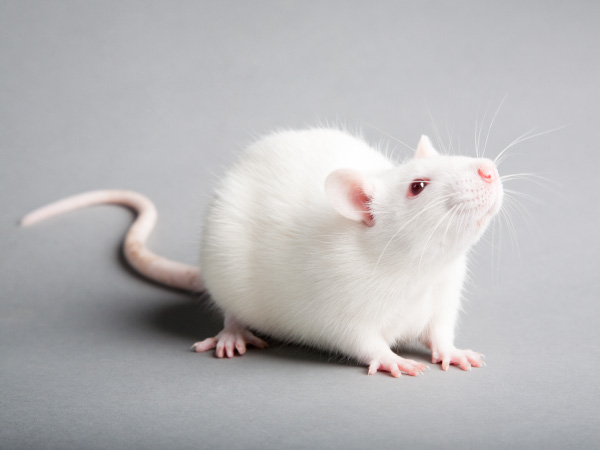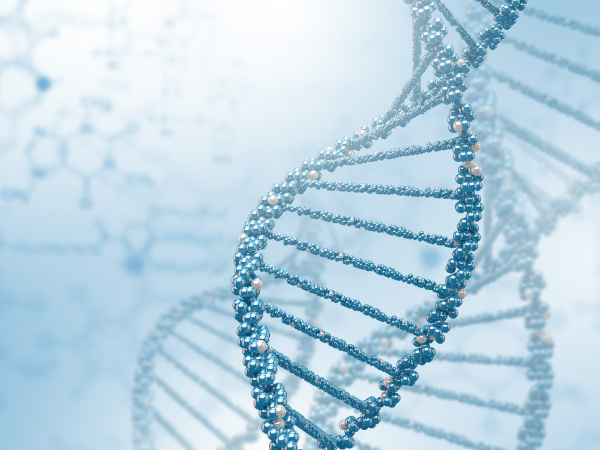Is there a limit to human life?
Each species lives for a certain amount of time.
The average life span of an organism largely depends on its species.
The differences in longevity among individuals belonging to the same species are due to genetic factors, lifestyle, environment and chance.
The life expectancy of the human race has progressively increased over the last century and a half.
Today some scientists estimate that we are closer to reaching the maximum life expectancy programmed in our genes.
Can genes be
modified to
achieve
greater
longevity?
By maintaining a healthy lifestyle, we can modify our genes through epigenetic processes*.
If we want to go even further, genetic engineering techniques can be used to partially reversed some aspects of ageing in mice.
* Epigenetic processes: chemical modifications in the DNA environment that do not affect its sequence and regulate the functioning of genes in a stable manner.
This episode discusses how rural life, as well as city life, affects ageing. It also explains the concept of quality of life and whether it is achieved in rural areas, with the help of Juan Manuel García, sociologist at Universidad Pablo de Olavide in Seville.

Acknowledgements:
Juan Manuel García, Celia Fernández, Ibelise Crespo and José Luis Pérez.
Discover the life expectancy of
different species:
their life expectancy greatly varies, e.g., the ephemeral Dolania americana lives less than 24 hours; the fruit fly (Drosophila melanogaster) lives 15 days whereas a queen ttermite can live up to 30 years..
four to six months in the wild, up to four years in captivity. This species, especially the albino variety, is very commonly used in laboratories.
four years..
in captivity, three to five years for large species and one year for the smallest species; their life expectancy in the wild is unknown.
three to four years in the wild, six to eight years in captivity.
five to 10 years, although they can live up to 15 years.
Source: National Museum of Natural Sciences.

